An oligogenic architecture underlying ecological and reproductive divergence in sympatric populations
- PMID: 36852479
- PMCID: PMC9977317
- DOI: 10.7554/eLife.82825
An oligogenic architecture underlying ecological and reproductive divergence in sympatric populations
Abstract
The evolutionary trajectories and genetic architectures underlying ecological divergence with gene flow are poorly understood. Sympatric timing types of the intertidal insect Clunio marinus (Diptera) from Roscoff (France) differ in lunar reproductive timing. One type reproduces at full moon, the other at new moon, controlled by a circalunar clock of yet unknown molecular nature. Lunar reproductive timing is a magic trait for a sympatric speciation process, as it is both ecologically relevant and entails assortative mating. Here, we show that the difference in reproductive timing is controlled by at least four quantitative trait loci (QTL) on three different chromosomes. They are partly associated with complex inversions, but differentiation of the inversion haplotypes cannot explain the different phenotypes. The most differentiated locus in the entire genome, with QTL support, is the period locus, implying that this gene could not only be involved in circadian timing but also in lunar timing. Our data indicate that magic traits can be based on an oligogenic architecture and can be maintained by selection on several unlinked loci.
Keywords: Clunio marinus; circalunar clock; ecological speciation; genetics; genomics; magic trait; sympatric speciation.
© 2023, Briševac et al.
Conflict of interest statement
DB, CP, TK No competing interests declared
Figures









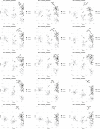

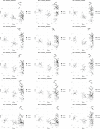
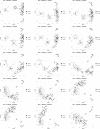
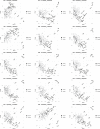
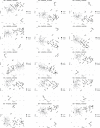
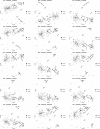




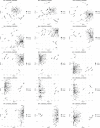













Update of
- doi: 10.1101/2022.08.30.505825
References
-
- Barton NH, Briggs D, Eisen J, Goldstein D, Patel N. Evolution. Cold Spring Harbor Laboratory Press; 2007.
-
- Bioinformatics Research Center . Windows QTL Cartographer. Raleigh, NC: North Carolina State University; 2006.
Publication types
MeSH terms
Grants and funding
LinkOut - more resources
Full Text Sources

